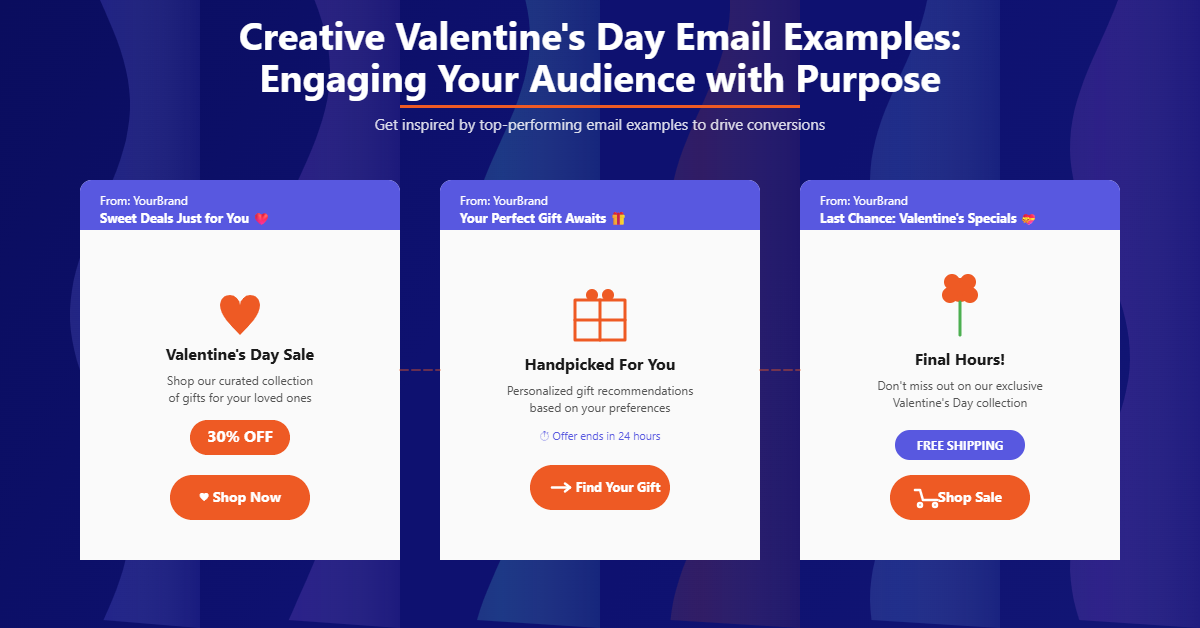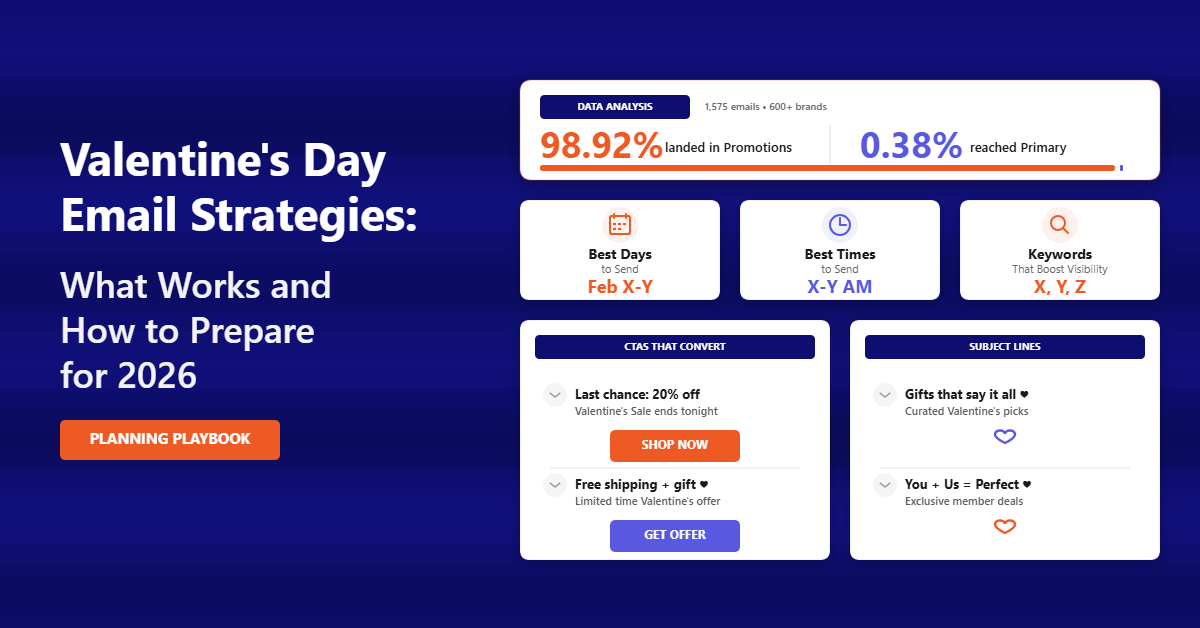There’s no denying that Ecommerce is growing at a rapid rate. But with online sales expected to top $6 trillion globally this year, it’s become more challenging than ever for businesses vying to attract loyal customers.
From a customer’s perspective, most online purchases happen seamlessly. They’re quick, easy, and can be done from the comfort of their own home.
Then there’s the rise of omnichannel retail, where customers can shop with businesses across multiple channels, from websites to apps and social media platforms. It’s easy to see why business is booming for Ecommerce companies.
But with this growth and increasing demand comes a new challenge: how do you effectively communicate with a growing customer base that’s spread across numerous platforms? How do you showcase your brand’s personality to customers in a digital world?
That’s where optimizing your customer communications strategy comes in, allowing you to maintain a high standard of service at every touchpoint and build genuine relationships with customers.
So what exactly is an Ecommerce customer communications strategy, and how can you effectively create one that benefits you and your customers? Let’s find out…
How to Build an Effective Ecommerce Customer Communications Strategy
Put simply, a customer communications strategy outlines how a business will provide a consistent and effective way of communicating with customers across different channels. The strategy should be in keeping with the brand’s target audience and tone and take into account all the ways in which customers can reach out to them or vice versa.
Before you begin crafting your strategy, it’s essential to consider a few factors that will help guide you. These are also crucial for branding and marketing, so they could be elements you’ve already considered. They include:
- Understanding your target audience: Defining this helps to craft the tone of communication, automated responses, and methods of communication that are best suited to your customer base.
- Crafting your tone of voice: Remember, written communication can often be unclear, or the tone misconstrued in the online world. So it’s important to define a tone that suits your brand whilst coming across as friendly but professional.
- Identifying points of contact: Chances are you have various points of contact to manage – email, live messaging, SMS, social media, and phone calls, for example. So consider which channels your target audience is on and how you’ll utilize or optimize each.
- Use AI Tools: Tools like an AI note taker can automatically capture and summarize key points from meetings, customer calls, or brainstorming sessions, ensuring your team has instant access to accurate records without manual effort.
Once you have a clear picture of the above, it’s time to start building your Ecommerce customer communications strategy!
Have a Clear Structure
Having an excellent team is one thing. But without a good structure in place, communications can quickly fall short of customer expectations. With that in mind, companies must have an organized system for communications across all channels.
A well-organized strategy involves handling communication seamlessly from start to finish. A customer should feel valued and satisfied that their query or issue has been handled with care.
Tools to help your team log and track communications can streamline the process. Smart technology can prevent communication from getting lost and save customers from having to repeat themselves to different people. Something as simple as a shared inbox or automated email replies can make communications systems more efficient.
Making telecommunications smoother is also a way to improve the customer experience. IVR is a tool modern businesses are investing in for this very purpose. Implementing an advanced IVR solution not only reduces customer wait times but also enhances personalized interactions, improving overall satisfaction and operational efficiency.
IVR stands for interactive voice response and is a voice-driven system where callers answer menu options to be diverted to the right person. This eliminates the need to be transferred between agents, reducing their wait time and freeing up your team to handle more calls.
Following a structured approach is also vital for monitoring your strategy. Using different tools, you can monitor customer sentiment to analyze whether your approach is working. As part of your strategy, consider gathering feedback through surveys and reviews. These have the added bonus of helping to build your brand by showing customers you value their input.
1. Be Available 24/7
By its very nature, Ecommerce is around the clock. So your support should be too.
The size of your business will determine how best to implement round-the-clock customer communications. Smaller businesses may not have the budget to employ staff 24/7. In this case, consider conversational commerce. By implementing AI-powered chatbots, these automated communications solutions allow customers to resolve minor queries while personalizing their experience.
Additionally, integrating phone search functionality into your customer support system can enable your team to quickly access relevant customer information and address inquiries effectively, even outside regular business hours. This can provide customers with a seamless support experience and contribute to higher customer satisfaction levels.
2. Consider Accessibility

Being available to customers 24/7 is great. But being accessible goes one step further in showing customers you are inclusive and care about meeting the needs of all your customers.
Consider the different communications needs of impaired users. For example, adding alternative text – a description added to images that can be read aloud – can help customers with visual impairment discover products.
You can also make your website’s interface ‘no-mouse friendly,’ meaning visitors can navigate a website with a keyboard. This can help people with mobility problems access your online products.
In addition, simple sentences and concise captions can help people with cognitive or processing problems, while clean fonts are beneficial for customers with dyslexia.
Not sure whether your platforms are optimized for impaired users? Consider running a program like Global App Testing accessibility testing. This will give you a clearer picture of how easy to use and understand your communications while highlighting areas for improvement.
3. Set a Standard
Whether you’re sending a promotional email or handling customer complaints through your virtual call center for small businesses, it’s essential that people receive the same experience.
Your communication strategy should take this into account, ensuring a high standard of service across the board.
This consistency ensures customers feel valued and helps to forge stronger customer-brand relationships. What is the best way to do this? Set a standard in your strategy and train staff to:
- Implement the brand’s tone in messages across all channels.
- Listen intently to fully understand a customer’s query.
- Always remain positive, approachable, and professional.
- Respond to customer communications quickly and efficiently.
- Personalize communication and address customers by their names.
In addition, it’s crucial to establish a clear structure for your customer communications, which includes utilizing tools to help your team log and track communications, such as a shared inbox or automated email replies.
It also involves implementing a content marketing calendar. What is a content marketing calendar? Well, it serves as a strategic tool to plan and organize your content creation and distribution efforts. A content marketing calendar outlines the scheduled content and communication activities over a specific period, ensuring a consistent and targeted approach to engaging with your customers.
By defining topics, themes, and publication schedules, a content marketing calendar helps you maintain a cohesive content strategy and maximize the impact of your messaging.
4. Record, Monitor, Review

It’s one thing to deliver an exceptional communications strategy. It’s another to use for growth.
Keeping a record of communication threads is essential, as this forms a basis for you to learn from. Consider monitoring factors like call volume or social media sentiments in messages and comments. This is an excellent way to analyze efficiency and identify areas for improvement.
You could also integrate Airtable and Gmail or other existing communications platforms to monitor the effectiveness of different channels.
In addition, consider areas of weaknesses. For example, is there a communication spike at a specific time? Are more staff needed to handle increasing emails? Should you prioritize communications on Twitter over LinkedIn if that’s where your target audience is?
By reviewing how well things are working and making necessary tweaks, you can further optimize your strategy. Combined with monitoring industry trends and changes in customer preferences, this ensures you create an evolving model that will outshine competitors.
5. Localise Communications
Localizing communication means conversing in ways that are acceptable to the local region or country of the customer.
This could mean translating communication and even having local domain names for each market to make the customers’ experience more personal. Register a domain or a domain name local to each market and use local language, culture, and images to make personalized communication feel authentic.
Exploring different telephone systems to suit a global Ecommerce market is also an important factor. Here, Vonage explains VoIP phone vs. landline to help determine which systems will best serve different businesses’ communications needs.
6. Be Proactive Rather Than Responsive
Customers don’t have to be the first ones to get in touch first if there is a query or problem. If communication is monitored, the answers to common questions can be communicated before they even crop up. This can reduce the volume of inquiries so your team can focus more on more urgent issues.
Additionally, by proactively providing information and instructions on how to manage product returns, you can anticipate and address potential concerns, creating a smoother and more customer-centric experience. For example, clearly outlining the return process and offering dedicated support channels for return-related inquiries can help streamline the returns process for customers and boost their overall satisfaction.
Great Customer Service Builds Brand Loyalty
With the expansion of Ecommerce and omnichannel retail comes increased customer expectations.
Today’s buyers demand an excellent standard of service that involves quick responses to queries, personalized communications on their chosen platforms, and an overall seamless, consistent experience.
By providing this, you can build a loyal base of customers who view your company as reliable, trustworthy, and genuine. And if customers can rely upon consistently great communication and service, they’re less likely to go to a competitor.
Overall, to deliver a good Ecommerce customer communications strategy, businesses must secure their omnichannel communication approach. This involves developing a system that is organized and consistent. Don’t forget to monitor the strategy, each platform, and individual messages to identify trends and weaknesses too. This is key to improving and refining a system that helps your brand stand out from the crowd.




